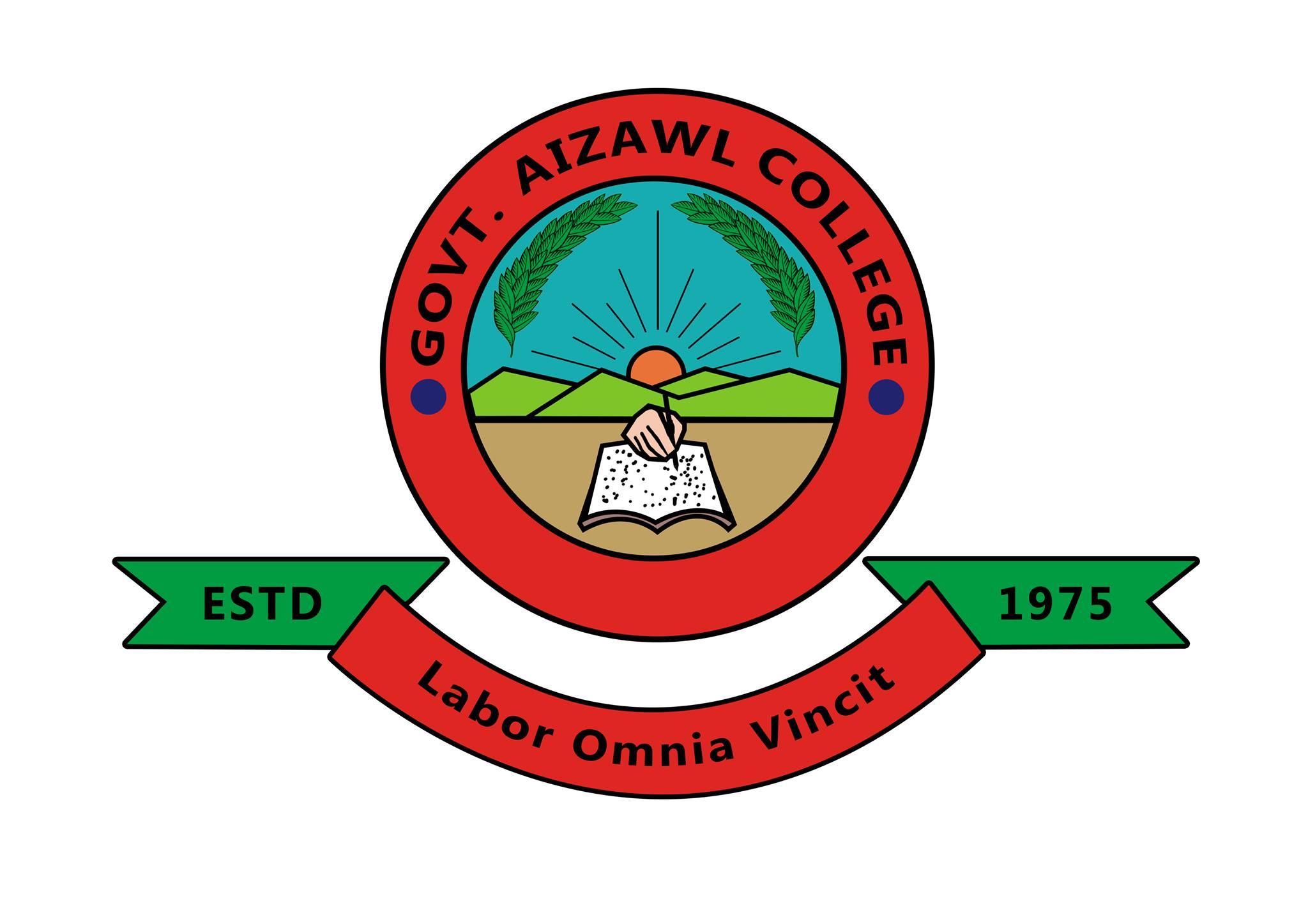The Development Gap – Indicators of Development
The development gap refers to the space between nations demographically, economically and developmentally. This gap is measured based on the industrial progress and infrastructure capabilities of a country and ranks it in comparison to global standards. By putting this sort of ranking system in place, it is easy to determine the countries that are doing best and the countries that are in need of better management and updating.
There is a widening gap between the greatest nations in the world and those that are most impoverished and least developed. Many of these territorial splits are defined by positioning in relation to the equator such that the development gap is also referred to as the north-south split. Differentiating between first world nations and third world nations allows for better recognition of the areas most in need of assistance. This measurement is also useful in showing how some regions are improving while others are on the decline.
Development means the way in which a country seeks to improve economically and raise the standard of living for its inhabitants.
The Development Gap refers to the widening difference in levels of development between the world’s richest and poorest countries. This development gap can also occur within countries, for example between regions or between urban and rural areas.
The Development continuums: Some people think this better reflects reality. There is a distinct graduation between countries at different levels rather than clusters in distinct groups.
LEDC/MEDC/NIC, Rich/ poor, Developed/ Developing/ Underdeveloped, First world/ second world/ third world, North and South are words used to describe development levels
MEASURING DEVELOPMENT
- how development is measured depends on how it is defined
- traditionally development was defined as economic growth
- this led to the 3 worlds model
- first world, advance or developed capitalist nations
- second world, advanced or developed socialist nations
- third world, developing, undeveloped or under-developed nations
- Traditionally development has been measured by looking at economic criteria
- this led to the distinction between rich and poor nations, developed and less developed (MEDC vs LEDC )
- or after the Brandt report NORTH vs SOUTH
- with the existence of a Development Gap which it was the job of development to narrow or close
MODERN DEFINITIONS OF DEVELOPMENT
- A modern definition sees development as a process of change allowing basic needs to be met.
- improving quality of life
- social justice
- health
- well-being
- education
- freedom
- moving from easily quantitative criteria to less easily defined qualitative measures
TRADITIONAL MEASURES OF ECONOMIC DEVELOPMENT
1. GNP (gross national product) per capita / GDP (gross domestic product) per capita
2. purchasing power parity per capita
3. energy consumption
4. workforce engaged in agriculture / manufacturing /service sectors
1. GNP per capita / GDP per capita
GNP is defined as the total value of a countries economic production in one year
calculated per capita to eliminate differences in the populations of countries
to include
production of food/goods
provision of services
profits from overseas investments
money earned in the country by foreigners and foreign businesses
• This allowed countries to be classified according to income
• high income countries (MEDC’s)
• low income countries (LEDC’s)
• middle income countries (including the NIC’s, the newly industrialised countries
• this economic growth and development was expected to trickle down to the poorer countries whose GNP would subsequently improve
• PROBLEMS WITH USING MONEY UNITS TO ASSESS DEVELOPMENT
• 1. Real value of a currency can change over short periods, so US dollar is used, conversion creates distortions due to inflation 2. Does not reflect the actual purchasing power of a currency within a country (costs vary country to country) 3. Much output does not enter international trade 4. Socialist countries may have different definitions of national income 5. High local costs due to cold winters or the size of a country eg. Russia lead to problems due to money spent on clothes, heating and transport 6. GNP gives no indication of how money/wealth is distributed within a country. A rising GNP may show a country is wealthier while the poorest citizens remain extremely poor
2. PURCHASING POWER PARITY PER CAPITA
- Introduced by the world bank to over come problems with GNP measures
- takes into account the cost of living in a country
- gives a truer indication of living standards and the wealth of individuals
- still uses US dollar
- highlights areas of HIGH, MIDDLE and LOW purchasing power
- US 41,000 dollars
- UK 29,000 dollars
- S KOREA 19,000 dollars
- KENYA 1,000 dollars
3. ENERGY CONSUMPTION
- per capita energy is a common economic measure of development
- it is a rough guide to the degree of industrialisation of a country
- and how far along Rostows stages of development a country has moved
- industrialised countries can use 10 times more energy than non industrialised countries
- can be kilowatt hours of electricity per capita
- or measured as a coal equivalent figure
4. WORKFORCE ENGAGED IN AGRICULTURE
- the percentage of the population engaged in each of the sectors of employment give an indication of levels of development
- this is shown in the Clarke-Fisher model
- LEDC’s have a large percentage employed in the primary sector, particularly farming
- as a country develops and industrialises the percentage employed in the secondary/manufacturing sectors will increases as will industrial output
- the MEDC’s will have the highest percentage employed in the service/tertiary sectors as only they can afford so many ‘non producers’
DEMOGRAPHIC MEASURES
• 1. Crude birth rate 2. Crude death rate 3. Natural increase (growth rate) 4. Infant mortality rate 5. Fertility rate 6. Life expectancy 7. % under 15 years (structure of the population)
• LIFE EXPECTANCY
• QUALITY OF LIFE INDICES multivariate/composite measures 1. Physical quality of life index PQLI 2. Human development index HDI 3. International human suffering index IHSI
• (1) Physical Quality of Life Index (PQLI) • Composite indicator devised by the Overseas Development Council in 1977. • Indexed from 0 to 100. (O is the worst, 100 is the best) • Based on: *Life expectancy *Infant Mortality Rate *Adult Literacy Rate • Index greater than 77 suggests that the minimum requirements for development are satisfied. • Limited, due to the small number of variables. Oil rich nations have large GNP per cap. But lower PQLI Other countries eg. China and Sri Lanka have low GNP per cap. But ‘highish’ PQLI AVERAGE OF 3 RATES TAKEN
24. ANGOLA 20 INDIA 42 BRAZIL 72 CHINA 75 SINGAPORE 86 PQLI Recent PQLI data for developing nations The most developed countries will have a PQLI very close to 100 Is Singapore now developed?
25. (2) Human Development Index (HDI) • Devised in 1990, when the UN Development Programme realised that income growth/ economic measures were not good indicators of development. • HDI consists of; *Real income per capita (PPP) ECONOMIC *Educational attainment, given by adult literacy rate combined with the mean number of years of schooling. SOCIAL *Life expectancy at birth. DEMOGRAPHIC
26. Problems and limitations with the HDI
- Its creation by UN was politically motivated to focus on health and development issues
- the 3 indicators are good, but not ideal, what about nutrition?
- other better data, see second point, may not be available in many countries
- masks regional disparities between urban/rural, core/periphery and between ethnic or gender groups
- only shows relative development, a country may be developing but remain low compared to other countries
27. HDI
28. 3) International Human Suffering Index (IHSI) • Developed in 1987 by the Population Crisis Committee of Washington DC • Gives an indexed score, from 0 to 100. Unlike the PQLI, the lower the score, the better. • Score is based upon; *GNP per capita. *Rate of inflation *Growth of labour force *Urban population growth rate. *Infant Mortality Rate. *Daily calorie supply as a % of requirements *Access to clean drinking water. *Energy consumption per capita *Adult literacy rate *Personal freedom The 10 indicators genuinely reflect overall quality of life But scoring is a little subjective in some cases
29. minimal moderate high extreme
30. The Problems With Indicators of Social Development. • They do not accurately reflect the inequalities within the given set. They do not reflect income distribution. • There is still a lack of agreement on a universal system of measuring social development. Some indicators change daily, e.g. freedom of speech, right to vote, political freedom, etc. • The other problem is associated with the collection of data, for some of the following reasons; *Very few census surveys take place in LEDCs. *Registration is inadequate and unrepresentative. *Only the better educated, wealthier people can understand the registration procedures. *Refusal to fill in forms for political or personal reasons.
31. • Reasons for an unreliable census ; * Too costly for some LEDC’s. * Incomplete mapping. * Lack of trained staff. * Hard to record nomadic peoples. * Transport difficulties. * Male staff unable to interview women in the Middle East and Indian subcontinent, due to cultural differences. * Language (regional dialects) difficulties. * Low literacy levels. * They can be adapted to portray something entirely different for political reasons.
There are many different measures used to assess the Development Gap, and each one offers an alternate way of dividing up the world with regards to how developed it is. Here, we shall look at some of the more common indicators of development used in Social Science studies.
GDP – Gross Domestic Product is the sum of gross value added by all resident producers in the economy plus any product taxes and minus any subsidies not included in the value of the products. Put simply, it is how much money a country makes from its products over the course of a year, usually converted to US Dollars
GNP – Gross National Product is the GDP of a nation together with any money that has been earned by investment abroad, minus the income earned by non-nationals within the nation.
GNP per capita – this is calculated as GNP divided by population and is usually expressed in US Dollars. This is a common indicator used for measuring development, but is imperfect as the calculation doesn’t take into account certain forms of production, such as subsistence production.
Birth and Death rates – Crude Birth and Death rates (per 1000) can be used as an overall measure of the state of healthcare and education in a country, though these numbers do not give a full picture of a nation’s situation.
HDI – The Human Development Index is a composite statistic calculated from Life Expectancy Index, the Education Index, the Mean Years of Schooling Index, the Expected Years of Schooling Index, and the Income Index. Countries are then ranked based on their score and split into categories suggesting how well developed they are.
Infant Mortality Rate - Infant mortality rate is the number of infants dying before reaching one year of age, per 1,000 live births in a given year.
Literacy Rate – The rate, or percentage, of people who are able to read is a useful indicator of the state of education within a country, and high female literacy rates usually correspond with an increase in the knowledge about contraception and a falling birth rate.
Life Expectancy – This simple statistic can be used as an indicator of the healthcare quality in a country or province, the level of sanitation and the provision of care for the elderly, though it should not, of course, be used on its own to describe these things.


















